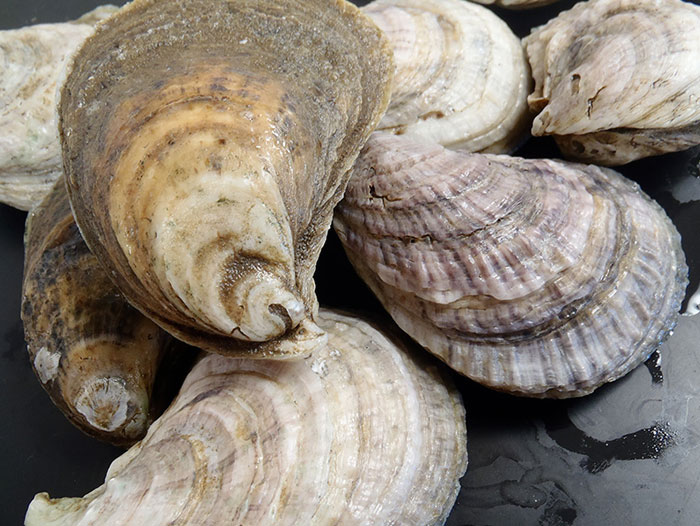Investigating the Potential for Domestication Selection in the Eastern Oyster
August 10, 2020 | 1 min to read

One concern with selective breeding as part of a population management strategy is that captivity itself can impose unintended artificial selection. Evolutionary responses to this “domestication selection” can be swift in captive populations with the potential for reduced fitness in the wild relative to wild-born individuals.
When domestication selection is strong within a single propagation cohort, such as was demonstrated for salmonids, then its effects can potentially impact the success of hatchery-based population supplementation. These considerations are of particular relevance to marine bivalves because (1) they express extreme versions of this life history, (2) native bivalve populations are depleted in some areas and receiving hatchery-based population supplementation and (3) selectively bred lines intended for commercial aquaculture have been promoted and used for population supplementation, for example in an attempt to mitigate disease mortality.
In the United States, Eastern oyster (Crassostrea virginica) restoration approaches often include the hatchery production and planting of spat (juvenile oysters) on shell to supplement wild recruitment and help jumpstart a population on restored habitat. Oysters produced for the aquaculture industry are often selectively bred for traits that speed up production, such as fast growth, and that improve survival (e.g. disease resistance). However, it is unclear whether or not other (unintended) traits are evolving due to genetic correlations, adaptation to the artificial environment, or heritable epigenetic changes during hatchery culture.
To read the rest of the story, please go to: Global Aquaculture Alliance
